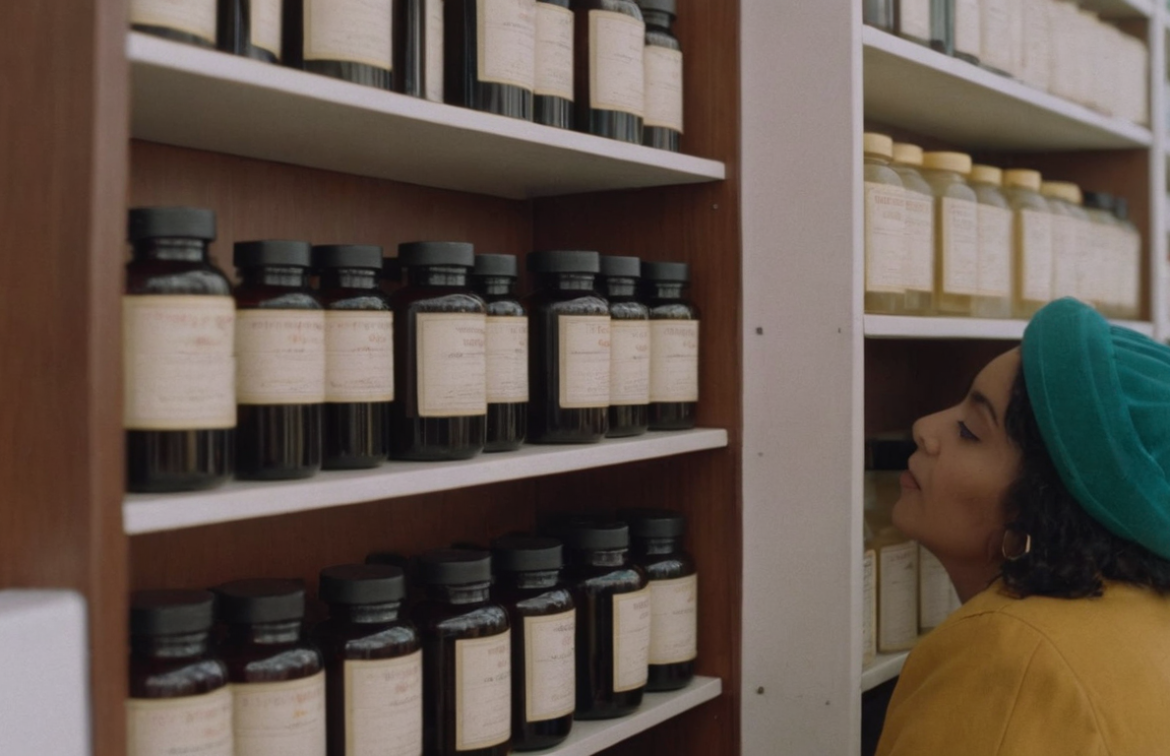The question is about pseudomembranous colitis and how long after taking antibiotics it can occur. Pseudomembranous colitis is a type of colitis that occurs as a result of an overgrowth of the bacteria Clostridium difficile in the colon. This overgrowth can occur as a result of antibiotic use, which can disrupt the natural balance of bacteria in the gut.
The answer to the question of how long after taking antibiotics pseudomembranous colitis can occur depends on the specific antibiotic used and the individual’s susceptibility to the bacteria. In general, the longer the antibiotic course and the more antibiotics taken, the higher the risk of developing pseudomembranous colitis.
To prevent pseudomembranous colitis, it is important to take all antibiotics exactly as prescribed and to follow up with the healthcare provider to monitor for any side effects. Additionally, it is recommended to take probiotics during and after antibiotic use to help restore the balance of bacteria in the gut.
In the event that pseudomembranous colitis does occur, it is important to seek medical attention immediately. Treatment typically involves discontinuation of the antibiotic and treatment with antibiotics specifically targeted at C. difficile. In severe cases, surgery may be necessary to remove the affected portion of the colon.
In summary, the occurrence of pseudomembranous colitis after taking antibiotics is influenced by the specific antibiotic and individual’s susceptibility. To prevent the development of this condition, it is important to take antibiotics as prescribed and to follow up with a healthcare provider to monitor for any side effects. In the event of pseudomembranous colitis, immediate medical attention is recommended to prevent serious complications.









